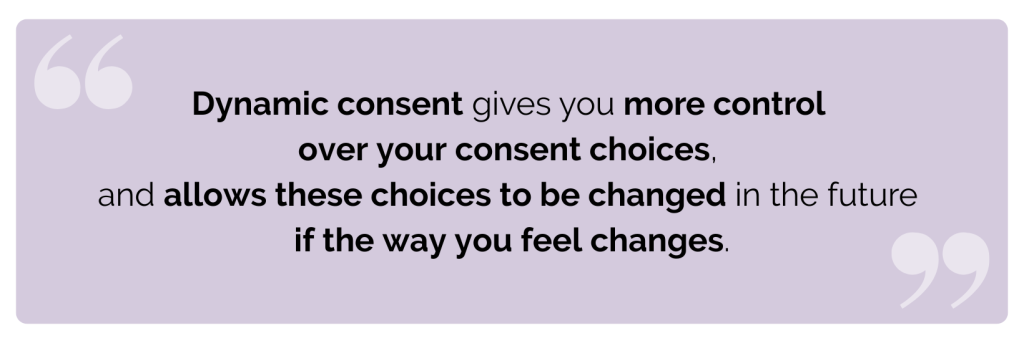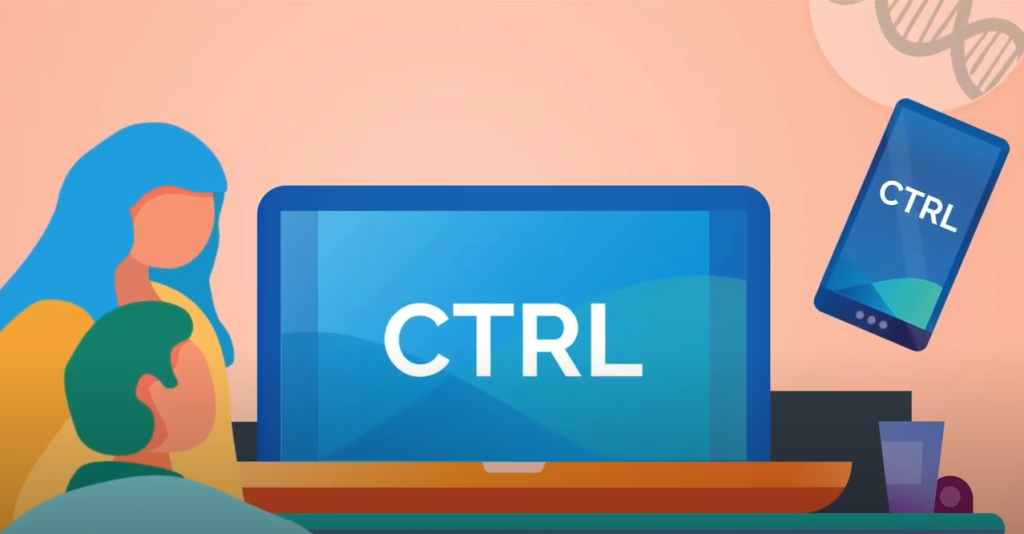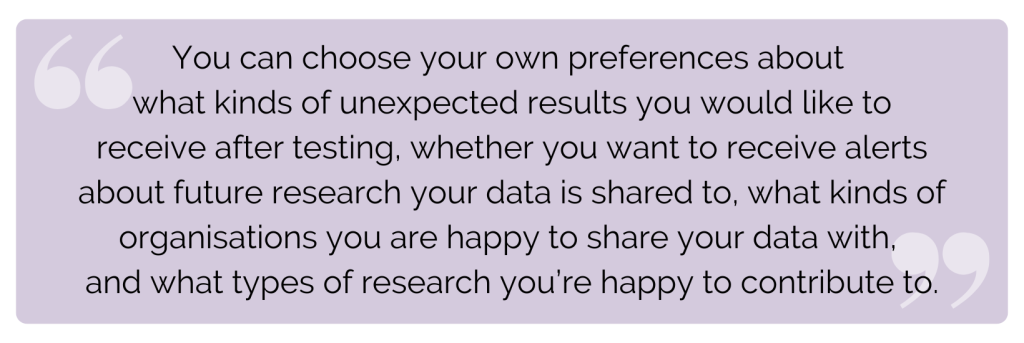Dynamic Consent and the Australian Genomics tool CTRL
This is the second blog article in our series Research Bites, which reports on the research that Australian Genomics has been doing. In this series we are summarising peer-reviewed journal articles so we can share our findings with the community.
Before you can have a genetic or genomic test, whether it is ordered by your doctor or as part of a research study, you must give consent. This is to make sure that you understand the outcomes, benefits, and risks of testing.
Consent forms contain information about the test, as well as the potential uses for your health data in the future. In research studies, the consent process is especially important as researchers need to make sure participants understand what they are signing up for. Because the implications of genomic testing are complicated, these forms can be long and detailed. There can also often be broad “yes/no” questions around how your data is shared with other researchers. These broad questions can make it difficult to tailor consent to your own personal preferences about what happens with your genomic information.
In some research studies Dynamic Consent is being used as an electronic alternative to traditional paper-based consent forms, which inspired the Australian Genomics consent tool CTRL (‘control’, 1).

Dynamic Consent has the potential to solve some challenges with giving informed consent (2) by taking advantage of the convenient and easy-to-access nature of a secure internet-based platform. Participants can take the time they need to understand their options and can come back at any time to change their preferences or revisit the information.
What is CTRL?

CTRL is a web-based tool created by Australian Genomics in partnership with a digital health technology company. It takes you through a 5-step guide beginning with a short video explaining Dynamic Consent and why Australian Genomics is trying it out. You are then given the same information you would find in traditional consent forms, but separated into several smaller, easy to understand statements. Each statement has an option to expand for further information if you would like to learn more before making your decision. You can say ‘yes’ or ‘no’ to each optional statement depending on what is important to you, or even mark it as ‘not sure’.
What you can do in CTRL
- Review what you agreed to when you gave consent to being in the study
- Make choices about being in the study, and the use of your information in future research (i.e. data sharing)
- Easily update your personal and contact details if anything changes
- Follow your progress through the study and check if there’s anything that you need to do
- Get in contact with the research team
- Access the latest news and information about the research

The development of CTRL
The CTRL working group began with a mapping review – a detailed search of published and unpublished articles – to find examples of Dynamic Consent in previous projects. Once this review was complete, a brief was generated and sent to the digital health technology company that helped create CTRL. Interviews were held with key people, including ethics committees and research participants, to find out what they think the most important problems with traditional consent are.
Consent statements were simplified and shortened for use in CTRL, and the fonts, colour schemes, and layout of the tool were developed with user accessibility in mind. Using all the information gathered by the mapping review and interviews, and the special consent statements developed, a prototype of the CTRL tool was created. The prototype was tested by team members and computers until it was ready to be deployed and used.
The future of CTRL
Currently, you can only register for CTRL if you are partaking in an Australian Genomics research study. Information about the kinds of choices and preferences people are making is already being recorded to help make sure that it meets the needs of participants. An evaluation of CTRL will look at whether it has advantages over current paper-based consent as well as the participant experience of using CTRL.
The CTRL platform can be easily modified for use in other research studies (like the Mackenzie’s Mission Australian Reproductive Carrier Screening Project), and is available as open source code to encourage its uptake. CTRL will continue to improve and expand in the future, so it can be applied to any research study in genomics and beyond.
Additional resources:
- Australian Genomics Genes and Genetics Factsheet
- Australian Genomics CTRL
- CTRL Walkthrough Video: CTRL: research consent and engagement tool
References:
- Haas M. A., Teare H., Prictor M., Ceregra G., Vidgen M. E., Bunker D., Kaye J., & Boughtwood T. ‘CTRL’: an online, Dynamic Consent and participant engagement platform working towards solving the complexities of consent in genomic research. Eur J Hum Genet; 29(4), 687-698 (2021). doi: https://doi.org/10.1038/s41431-020-00782-w. Epub 2021 Jan 6. PMID: 33408362; PMCID: PMC8115139.
- Budin-Ljøsne I., Teare H.J.A., Kaye J., Beck S., Bentzen J.B., Caenazzo L., Collett C., D’Abramo F., Felzmann J., Finlay T., Javaid M.K., Jones E., Katić V., Simpson A., Mascalzoni D. “Dynamic Consent: a potential solution to some of the challenges of modern biomedical research. BMC Med Ethics; 18(1), 4 (2017) doi: https://doi.org/10.1186/s12910-016-0162-9. PMID: 28122615; PMCID: PMC5264333.

